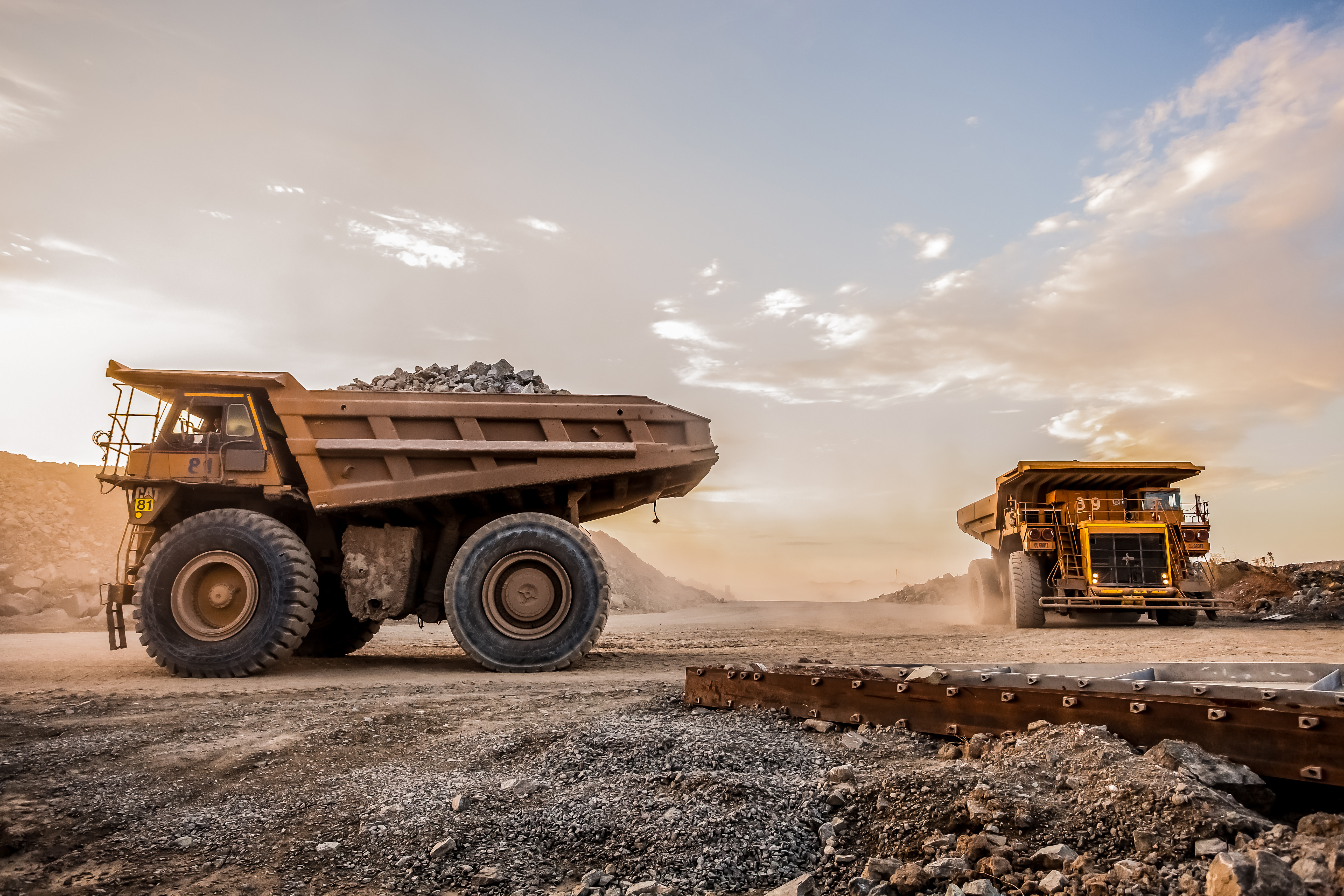Improving organizational learning is one of the main challenges facing leaders and HSE professionals. One of the determining success factors is the level of psychological safety in a team.
Looking back at our online event Connected by Risk in 2020, Prof. Dr. Jop Groeneweg from the Centre for Safety in Healthcare at Delft University of Technology shared some practical insights that are still very relevant today. How do you measure and stimulate psychological safety in your organization?
Read on to learn them from the man himself:
1 – Focus on success stories versus disaster stories
To be honest, if I had given this presentation two decades ago, I would have probably started with an explosion on a platform, or another disaster, but now we shift the focus to success stories.
We used to look at disaster stories, and of course, there was a lot to learn from those stories, but we now more or less run out of these stories to base our learning on, to become even better. When I started my career in safety, and you compare the safety records of those days with today, you see a 96% improvement. Amazing! But the other 4% is still inacceptable.
The question is: do we try to reduce that 4% by investigating what goes wrong? We should. But it is also an interesting idea to improve on those 4% by looking at successful cases. This was also what Google thought was a good idea. Google wanted to know why there were teams that were effective, and why there were teams that were not so effective.
2 – Encourage people to speak up
You may think that the obvious answer is that well performing teams consist of the most brilliant people, and lesser teams have maybe fewer brilliant people. Amy Edmondson was asked to analyze that, and she found out that that was not true. The determining factor whether one team was functioning better than the other, was what is now called psychological safety: the willingness to take social risk. For instance, by opening up and speaking up about great ideas that you have.
The great teams in Google were also the teams where people maximally use their own capabilities. If they had a great idea, they would speak up. In the less functioning teams there was this culture of: don’t be too open, you never know what’s next. You would say: is taking a risk that bad? Yes, it is! There was for instance one case, where I was in a meeting and there was a junior guy who asked: couldn’t we have done this in a different way? And then the senior guy turned to the junior and said: who are you to tell me I did a lousy job? I am doing this for 20 years. That was the last time this person spoke up.
3 – Judge the members of a team based upon the process not the result
The focus is now: how can we ensure that we have these great performing teams, and help them to generate the bright ideas that will make the world safer? A lot of the key aspects, next to factors such as: you know what you are held accountable for, you also know what you can expect from the others, so there is dependability, you know what their capabilities are. But one of the factors is that leaders or managers in teams don’t judge the members of the teams based upon the outcome but based upon the process. So, whatever the outcome is, if the leader thinks that the team has given it their very best, it will not be held against them that the outcome is negative. You didn’t pass, but you gave it your very best, that’s what counts.
If you can create that kind of team, you also invite people to speak up, give it their very best and contribute to the general team performance.
We are at a Process Safety Seminar, and actually, it is a bit strange. If you look at accident investigations, you will find out that almost all accidents have this process part. We all say accidents are not a result because stupid people do stupid things, and the system somehow failed us. But the system is the process so we should look at that process and optimize it. To do so, you need everybody’s expertise.
A new paradigm in the world of safety
We now enter a new paradigm in the world of safety. When I started my career, it was all about hardware, it was about the individual. Then we made a huge leap, and we jumped towards the organization, culture, and we also made leaders responsible for everything. I now see the shift towards the team. The team is now the new object that we must focus on.
Most of what all the people do is related to teamwork. By optimizing the teamwork, together with focusing on all the other areas, I’m convinced that we can reach new levels of safety. I’m very optimistic.
© CGE Risk. 2023 – The copyright of the content of this blog belongs to CGE Risk Management Solutions B.V.






